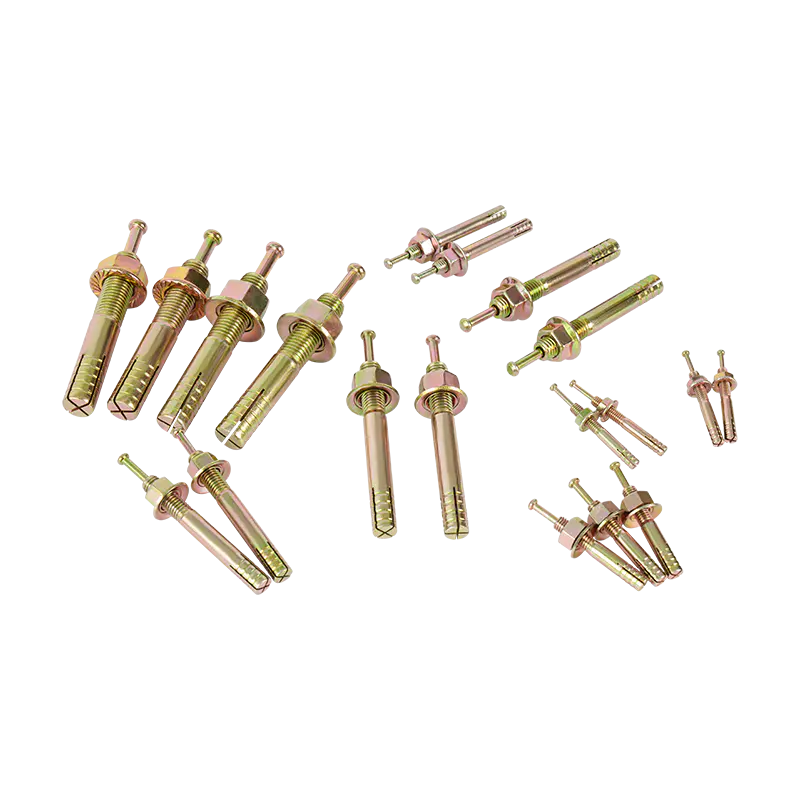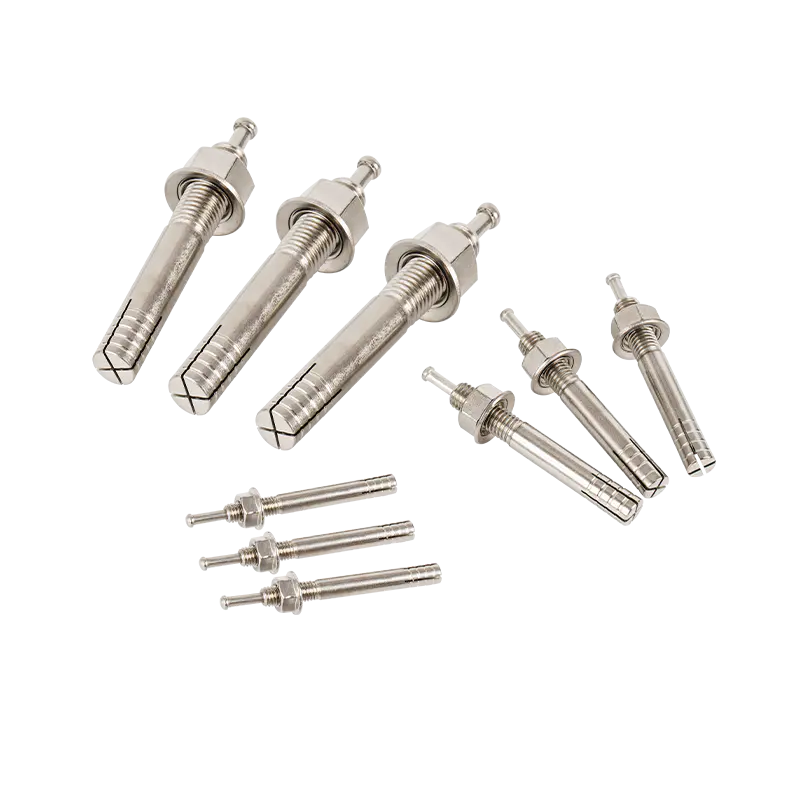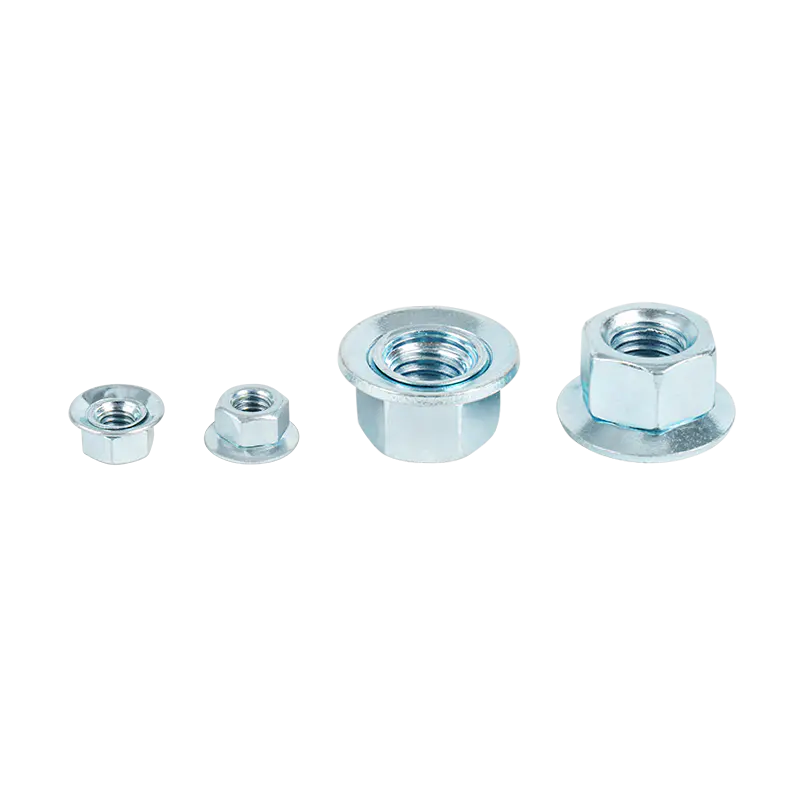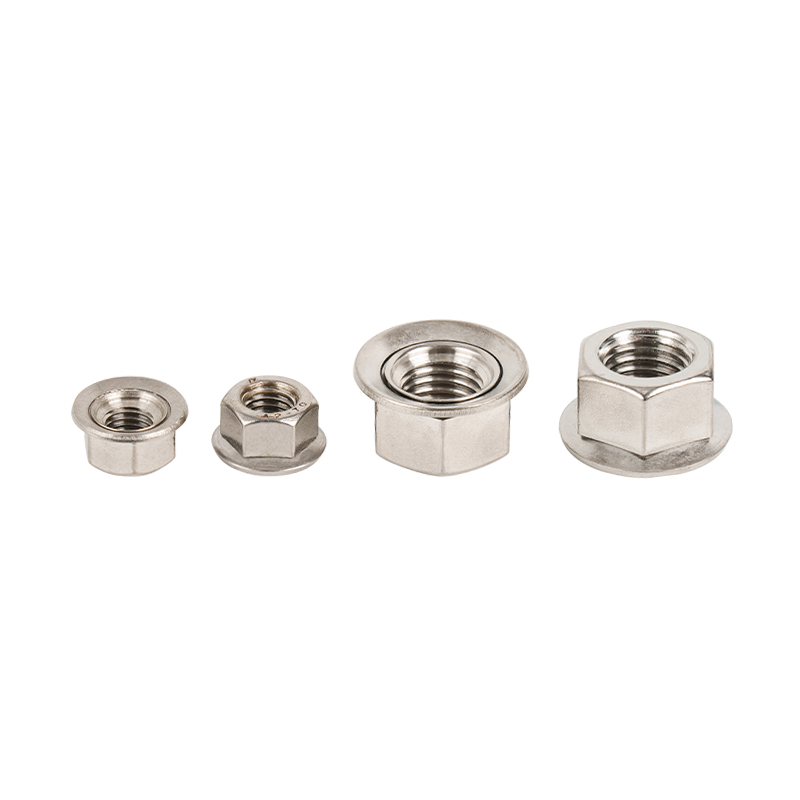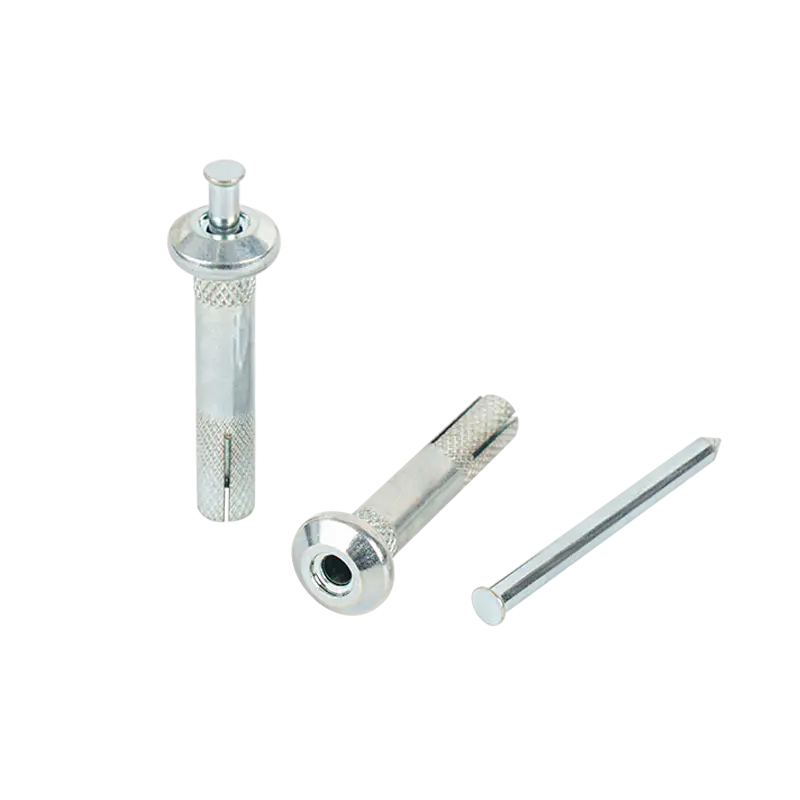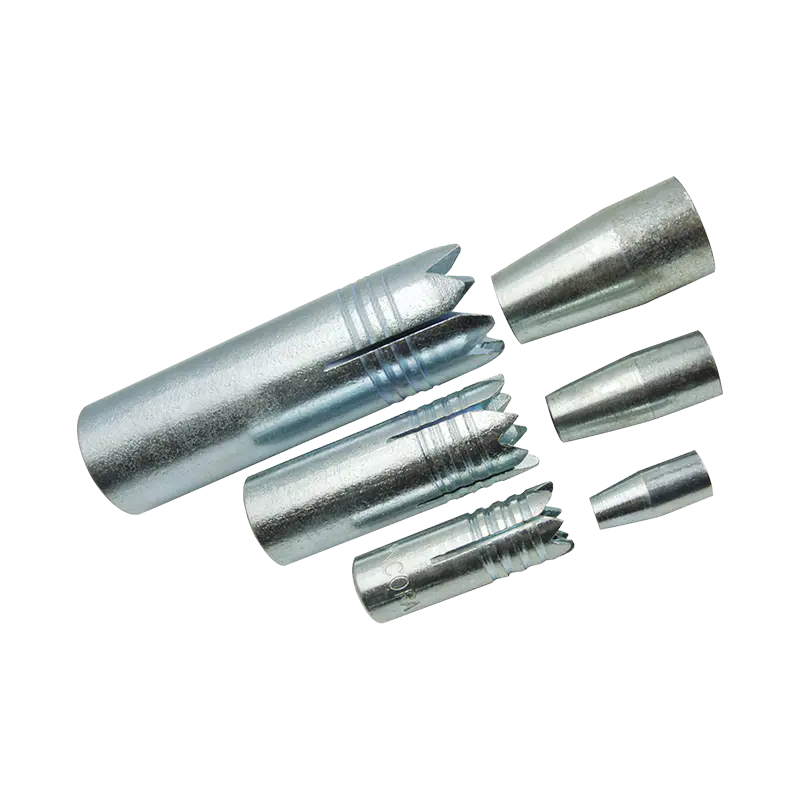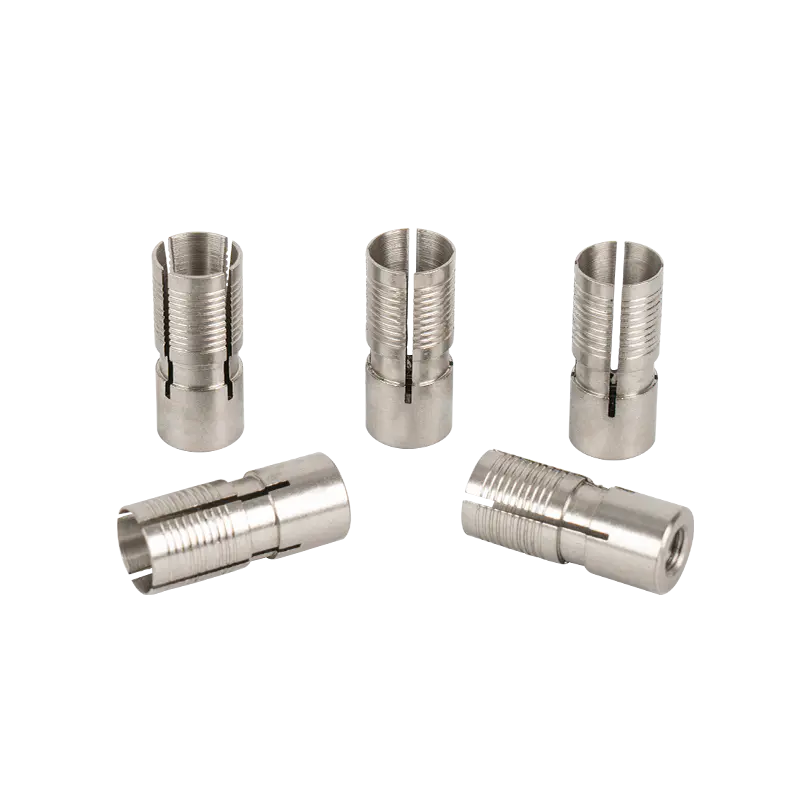In which critical construction projects is the Strike Anchor necessary?
2025-10-04
In the realm of construction and structural engineering, the integrity of connections is paramount. Among the various fastening solutions available, the Strike Anchor is a specific type of post-installed mechanical anchor recognized for its high load-bearing capacity and reliability in concrete.
Understanding the Strike Anchor
A Strike Anchor is a heavy-duty, torque-controlled expansion anchor designed for high-load applications in solid base materials like concrete. Its installation involves drilling a hole, inserting the anchor, and then striking the pre-assembled pin to set the anchor. Final tightening with a torque wrench expands the sleeve, creating a secure clamp. This mechanical interlock provides significant resistance to both tensile (pull-out) and shear (sliding) forces.
Key Construction Projects Mandating the Use of Strike Anchor
The decision to use a Strike Anchor is driven by structural requirements, building codes, and the consequences of failure. The following projects typically necessitate its application:
-
Structural Steel Connections: This is one of the most critical applications. The attachment of steel columns, beams, and trusses to concrete foundations and slabs requires anchors capable of transferring immense loads. The Strike Anchor's ability to withstand high tensile and shear forces makes it suitable for securing these primary structural elements, ensuring the stability of the entire framework.
-
Facade and Curtain Wall Systems: Modern buildings often feature non-structural exterior walls hung from the concrete structure. The anchorage for these systems must resist wind loads, which create significant tensile (suction) and shear pressures. The reliability of a Strike Anchor under dynamic and sustained loads is crucial for the long-term safety and performance of these facades.
-
Heavy Machinery and Industrial Equipment: In manufacturing plants, power generation facilities, and other industrial settings, large machinery must be securely anchored to concrete floors and pedestals. This equipment generates substantial dynamic forces, vibrations, and overturning moments. The robust holding power of a Strike Anchor prevents machinery from shifting or overturning, ensuring operational safety and precision.
-
Infrastructure and Transportation Projects: Applications such as bridge parapets, highway sign supports, and railings require anchors that perform under extreme environmental conditions and potential impact loads. The high shear capacity of a Strike Anchor is essential in these safety-critical installations to prevent catastrophic failures.
-
Seismic Retrofitting and Bracing: In regions prone to earthquakes, building codes require specific bracing systems to be anchored to concrete elements. These connections must absorb and dissipate energy during seismic events. The high load capacity of a Strike Anchor contributes to the overall resilience of the structure when designed as part of an engineered seismic system.
Comparison with Other Anchor Types
While other anchors exist, their suitability varies based on the application.
-
vs. Wedge Anchors: Both are heavy-duty mechanical anchors. A key difference is that a Strike Anchor is set by striking a pin and then torquing, while a wedge anchor is set purely by torque. The Strike Anchor's pre-assembled design can simplify installation in some scenarios.
-
vs. Sleeve Anchors: Sleeve anchors are versatile for medium-duty applications but generally have lower load capacities than Strike Anchors. For critical, high-load structural connections, a Strike Anchor is the more technically appropriate choice.
-
vs. Adhesive Anchors: Chemical (adhesive) anchors are excellent in cracked concrete and can achieve very high capacities. However, they have a longer cure time, are sensitive to installation procedures (hole cleaning), and their performance can be affected by temperature. Strike Anchors provide immediate load capacity after installation and are less sensitive to hole cleanliness, though their behavior in cracked concrete must be verified per relevant assessment reports.
Frequently Asked Questions (FAQ)
Q1: What are the primary advantages of a Strike Anchor?
A1: The primary advantages include high and predictable load capacity in tension and shear, immediate load capability after installation, and a visual and torque-controlled installation process that aids in verification.
Q2: In what base materials can a Strike Anchor be used?
A2: Strike Anchors are designed for use in solid concrete. Their performance in other materials like hollow block or masonry is not typically recommended without specific engineering evaluation and manufacturer approval.
Q3: Is the performance of Strike Anchors verified in cracked concrete?
A3: The suitability for cracked concrete must be determined by referring to the product's European Technical Assessment (ETA) or similar evaluation report. Many modern Strike Anchors are qualified for use in cracked concrete, but this is a critical specification to check during design.
Q4: What is the importance of proper installation?
A4: Correct installation is non-negotiable. This includes drilling a hole to the correct diameter and depth, thorough hole cleaning, proper setting with a strike, and achieving the specified final torque value. Incorrect installation can reduce the anchor's capacity by more than 50%.
The selection of a Strike Anchor is a decision grounded in engineering principles. Its application is mandated in projects where structural integrity, human safety, and asset protection are the highest priorities. From skyscrapers to industrial facilities, the use of a Strike Anchor provides a reliable, high-strength connection to concrete, forming an invisible yet indispensable backbone for modern construction. Always consult relevant building codes, assessment reports, and a qualified structural engineer for specific project requirements.

 English
English 日本語
日本語
